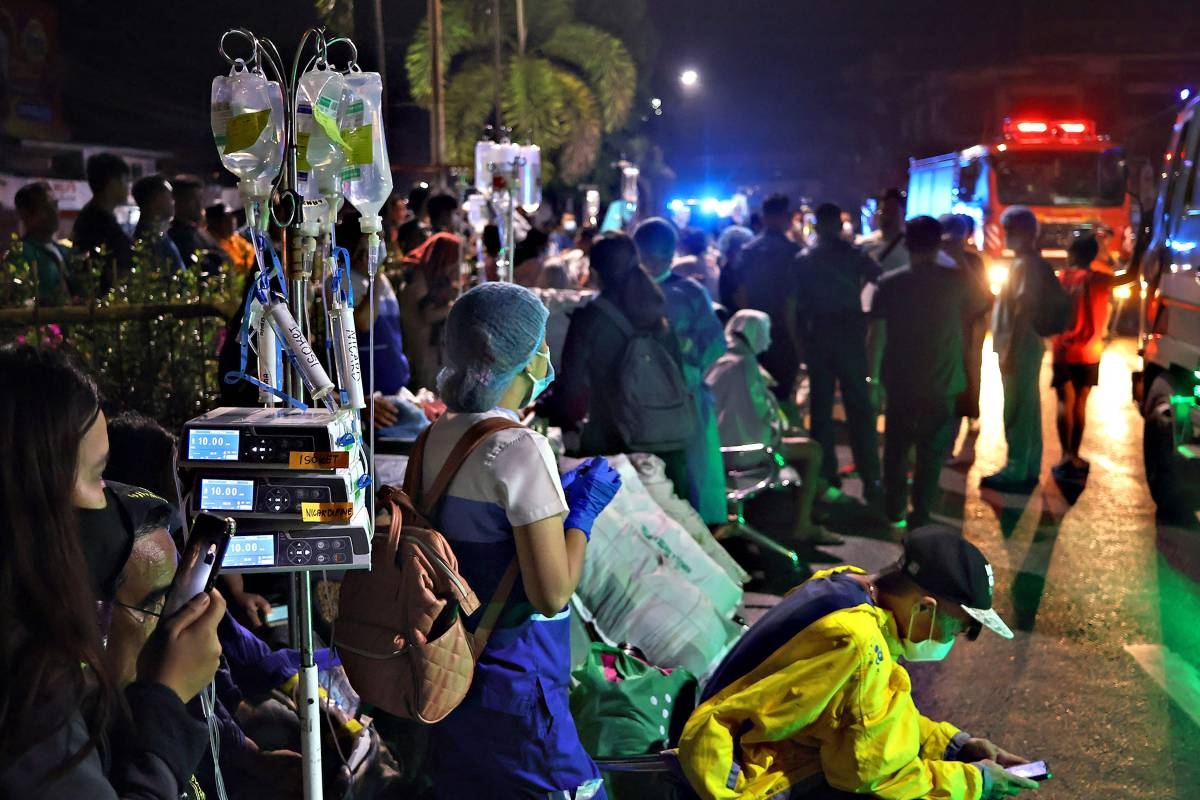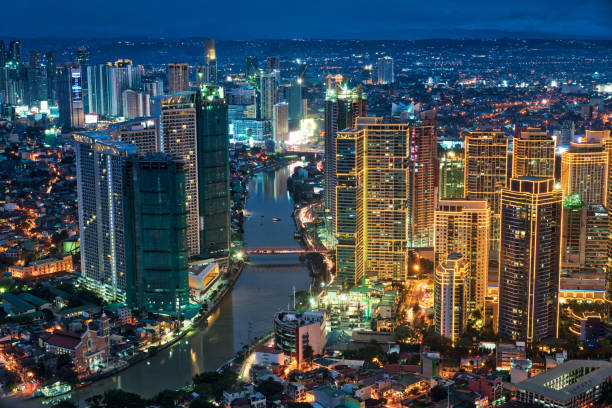In the aftermath of the powerful earthquake that struck Surigao del Sur on Saturday night, the chief of the Philippine Institute of Volcanology and Seismology (Phivolcs), Teresito Bacolcol, has stated that the country is now more prepared for a major, devastating quake, commonly referred to as the “Big One”. Bacolcol urges the public to be ready for a strong earthquake by keeping an emergency bag that contains essential supplies such as medicines and food that can last at least up to three days.
According to Bacolcol, the Philippines is now better equipped to handle earthquakes compared to 20 years ago. He advises the public to remain alert and avoid panicking in case of strong tremors. This preparedness is the result of regular earthquake drills conducted by the national and local governments, as well as the private sector.
It is important for the public to rely solely on information provided by Phivolcs, as they are the only official source of information about earthquakes and other disasters in the country. Bacolcol warns against relying on posts on social media, as they are often unreliable and can spread fake news.
Phivolcs has been working closely with concerned government agencies and local government units (LGUs) to ensure that big buildings and structures are constructed to meet the requirements under the Building Code and can withstand strong earthquakes. Some LGUs, such as Quezon City, Makati City, Pasig City, and Muntinlupa City, have implemented measures to encourage residents living along the West Valley Fault (WVF) to transfer to safer areas.
Bacolcol cites the ongoing projects of Quezon City as an example, where homeowners and residents affected by the West Valley Fault are constantly reminded to move out and transfer away from the fault line. Phivolcs has previously stated that Quezon City and Manila would have the highest casualties in the event of a magnitude 7.2 quake originating from the WVF. It is estimated that close to 6,000 people could die in Quezon City alone, with over 24,000 seriously injured.
The recent earthquake in Surigao del Sur, the strongest in a decade in Mindanao, was triggered by movements in the Philippine Trench and active fault. Phivolcs explains that a trench is the deepest portion of the sea floor, while a fault is a break, fracture, or zone of weakness where movement or displacement has occurred or may occur again. An active fault is one that has moved within the last 10,000 years. The Philippines has at least 175 active fault segments, including the Manila Trench, Sulu Trench, Negros Trench, and Cotabato Trench.
Following the earthquake, Phivolcs issued a tsunami warning for all coastal communities in Surigao del Sur and Davao Oriental, which led to the evacuation of residents. The highest tsunami wave generated by the tremor measured 0.64 meters and hit the shores of Mawes Island, Hinatuan.
As of Sunday noon, Phivolcs recorded 765 aftershocks, with seven of them being strong enough to be felt by residents. The strongest aftershock, with a magnitude of 6.2, occurred at 1:40 a.m. on Sunday.
President Ferdinand Marcos Jr. has assured the earthquake victims of government assistance. He has directed the Department of Social Welfare and Development and the Department of the Interior and Local Government to ensure that they provide the necessary support.
In conclusion, the Philippines has made significant progress in earthquake preparedness over the past two decades. Regular drills, collaboration with government agencies and LGUs, and public awareness campaigns have contributed to this improvement. However, it is crucial for the public to rely on accurate information from Phivolcs and to take necessary precautions to ensure their safety in the event of a major earthquake.
Source: The Manila Times







